Many people have heard stories about giant creatures living in this large jungle. The Amazon rainforest is an incredible and hidden place known for its greenery and diverse wildlife. It’s home to thousands of species, including colorful birds, slithery snakes, and curious monkeys. Some people believe that the animals here are bigger than animals in other places.
We’ll find out whether there’s any truth to these humours and learn some fascinating facts about the Amazon’s unique wildlife. We’ll look at some tropical rainforest animals that call the Amazon home. We’ll see how big they are compared to animals in other places and find out how they adapt to live in their green rainforest.
So, let’s start together to find the truth about the Amazon’s big and fascinating wildlife.
The Amazon Rainforest
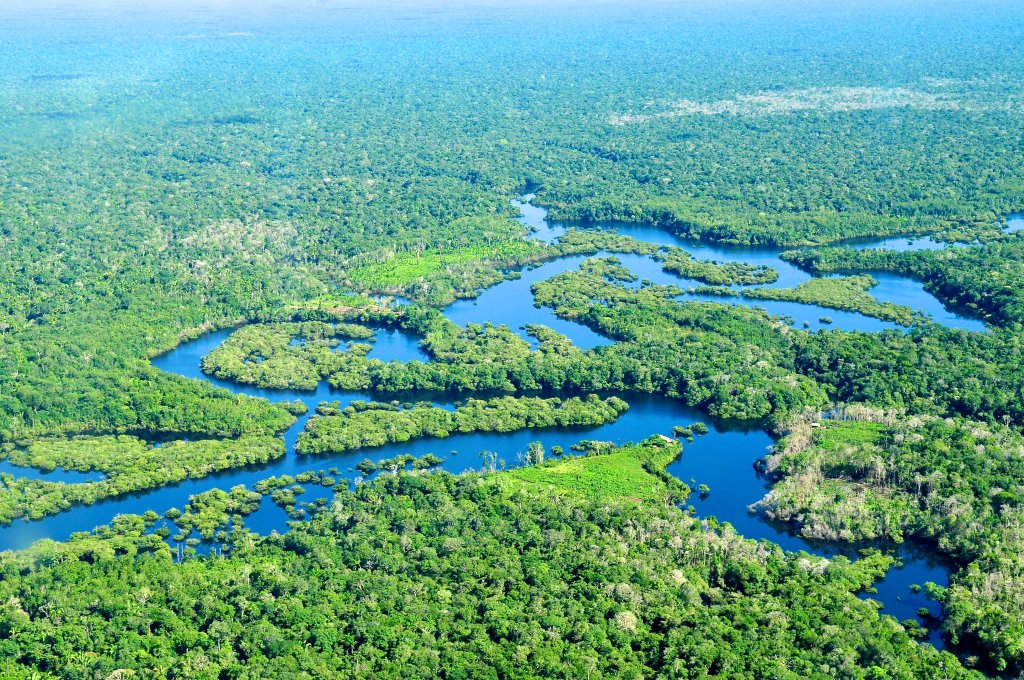
The Amazon rainforest is super big, stretching over nine countries in South America. It has many different places for animals to live, from cool forests to wetlands. It’s home to many different animals, and more than 10% of all the animals we know about live there. There are over 400 kinds of mammals, 1,300 kinds of birds, 2,200 kinds of fishes, and tons of bugs, reptiles, and frogs. Each of these animals has special things about them that help them survive in the tough jungle.
Size Variations in Amazonian Wildlife
Large Amazonian Animals
1. Jaguars
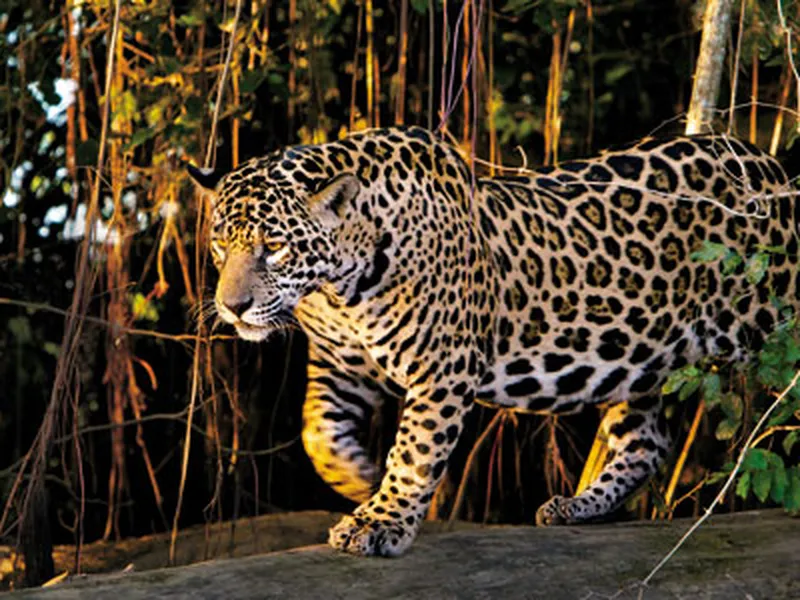
These big cats are some of the largest in the world, with male adults weighing up to 250 pounds. Think about running into one in the wild. They’re famous for their strength and play a big role in nature. Their huge size makes them stand out and leaves a strong memory for anyone who sees them. These cats are truly amazing.
2. Giant Otters

In the Amazon’s big rivers, you can spot giant otters, some growing up to six feet long. These otters are amazing with their smooth bodies and sharp sight. They are great swimmers and work together as a family to catch fish and stay safe from other animals. Think about coming across one of these creatures while finding the Amazon waters. These otters are super important to the ecosystem, as they help keep the underwater world in balance. So, when you’re around the Amazon rivers, watch out for these cool, long otters that live here.
3. Anacondas

The green anaconda is one of the world’s biggest snakes. It’s like a giant in the snake world, and some can grow even longer than 20 feet. These snakes are super impressive because of their incredible size and strength. They’re the heavyweight creatures of the Snake Kingdom. In nature, they’re quite the spectacle to behold. So, when you think about big snakes, the green anaconda deserves a top spot on the list of the most massive ones out there.
4. Harpy Eagles

Meet these cool birds, known as birds of prey. They have really big wings, almost as long as a tall person. With these big wings, they can fly high and hunt effectively. When they spread their wings wide, it means they’re ready to take flight and find their next meal.
Small Amazonian Animals
5. Poison Dart Frogs

These tiny frogs are super small, some even less than an inch long. They come in bright colors that grab attention. Some of them are that tiny. These little frogs are really interesting to watch because they’re so small and colorful.
6. Leafcutter Ants
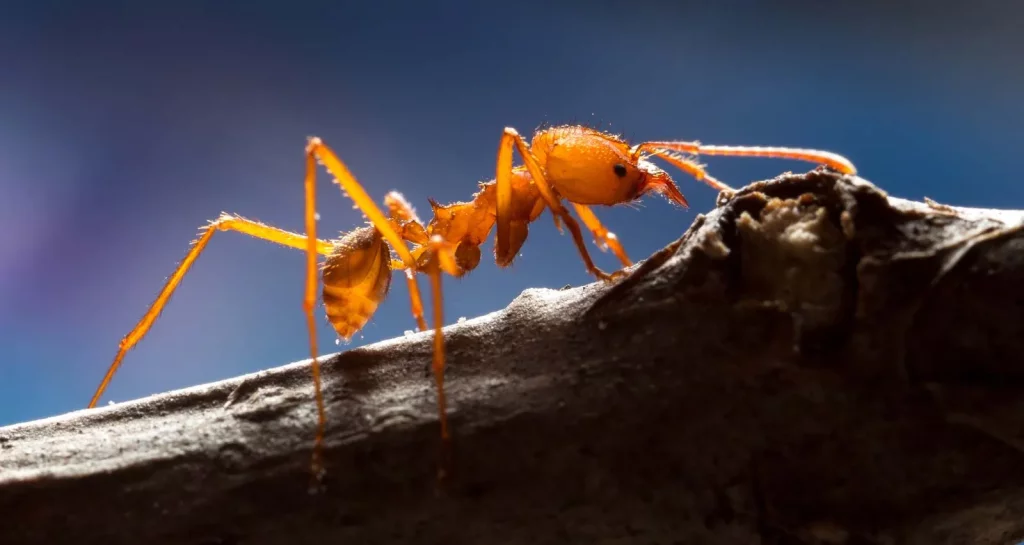
Despite their small size, these ants are super strong and have complex societies. They can lift things much heavier than themselves, which is pretty amazing. When it comes to their communities, they live and work together in a very twisted way. So, even though they’re tiny, don’t underestimate them. These ants are both powerful and have a fascinating way of living together.
7. Sloth
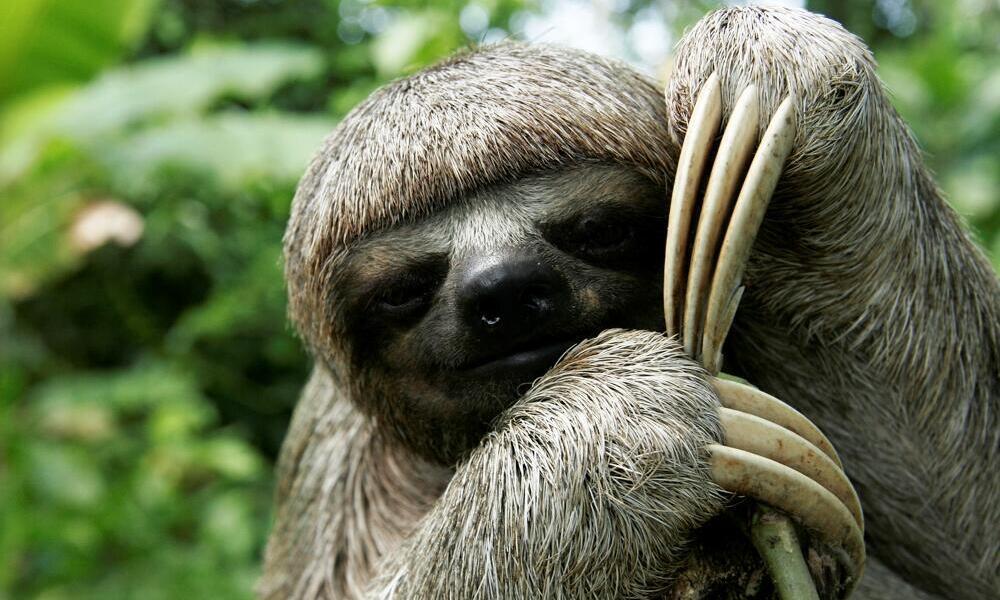
Sloths, often seen as slow, are quite small creatures. Some sloths only weigh about 10 pounds. These animals are interesting because they can move slowly and live in trees. They eat leaves and enjoy the sun in the treetops. Their light body helps them move around in the trees easily.
8. Toucans
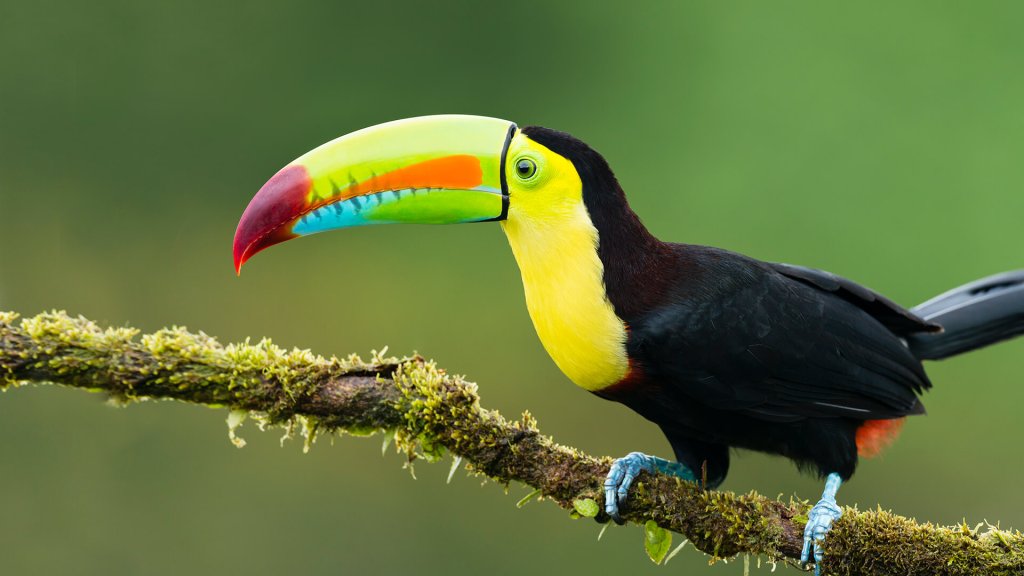
These colorful birds look amazing, but they’re not very big. Most of them are just around 20 inches long. Their bright appearance might make you think they’re larger, but they’re quite small. So, even though they have lively colors, they’re not big birds.
Factors Influencing Animal Size
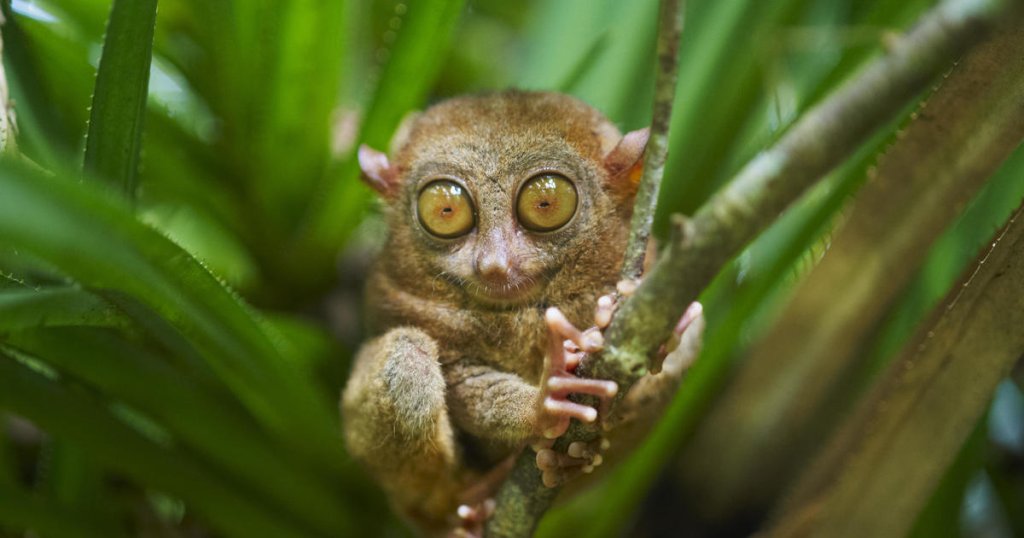
In the Amazon, the sizes of species of the tropical rainforest jungle are influenced by various factors, including their habitat, available food sources, predation risks, and evolutionary history. Big hunters, such as jaguars and anacondas, got big to catch prey in thick forests. Smaller animals, like poison dart frogs, became tiny to hide from enemies and survive in their special spots. So, not all Amazon animals are getting bigger. It’s more about how they fit into their environment and their history.
Conclusion
It’s not true that all the animals in the Amazon rainforest are bigger. The Amazon is home to a diverse group of animals, and their sizes can vary a lot. Some animals are indeed big, like jaguars and tapirs, but there are also many smaller creatures, such as tiny frogs and insects.
The size of an animal often depends on its species and its role in the rainforest. It’s important to remember that the Amazon rainforest is a large place with an incredible variety of life.
So, while there are big animals in the Amazon, there are also many smaller ones, and they all contribute to the amazing diversity of life in this extraordinary rainforest.

